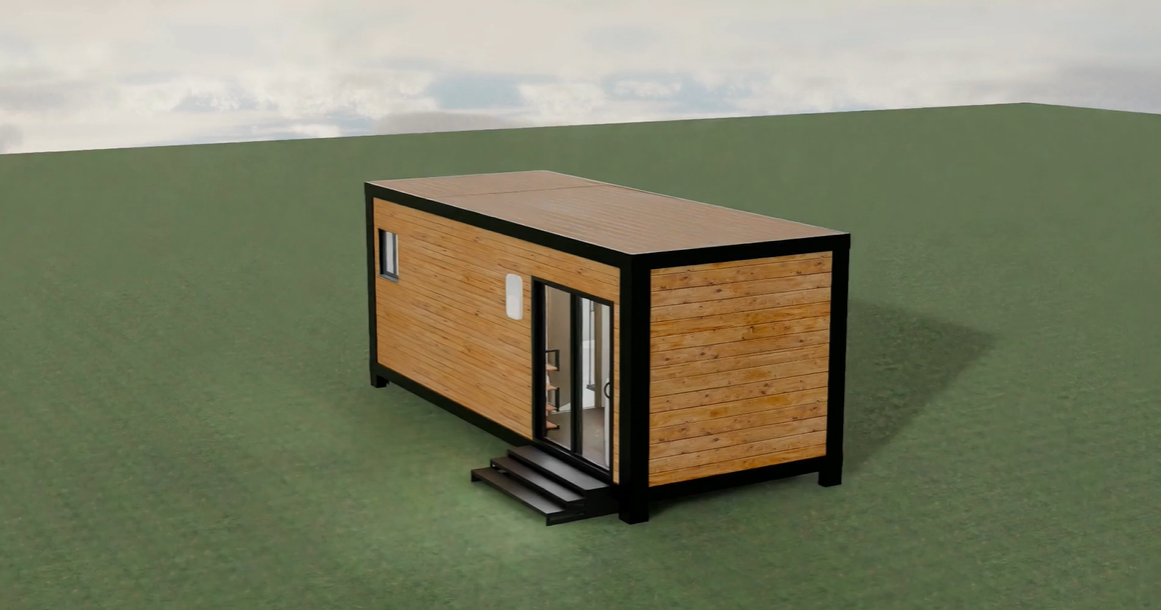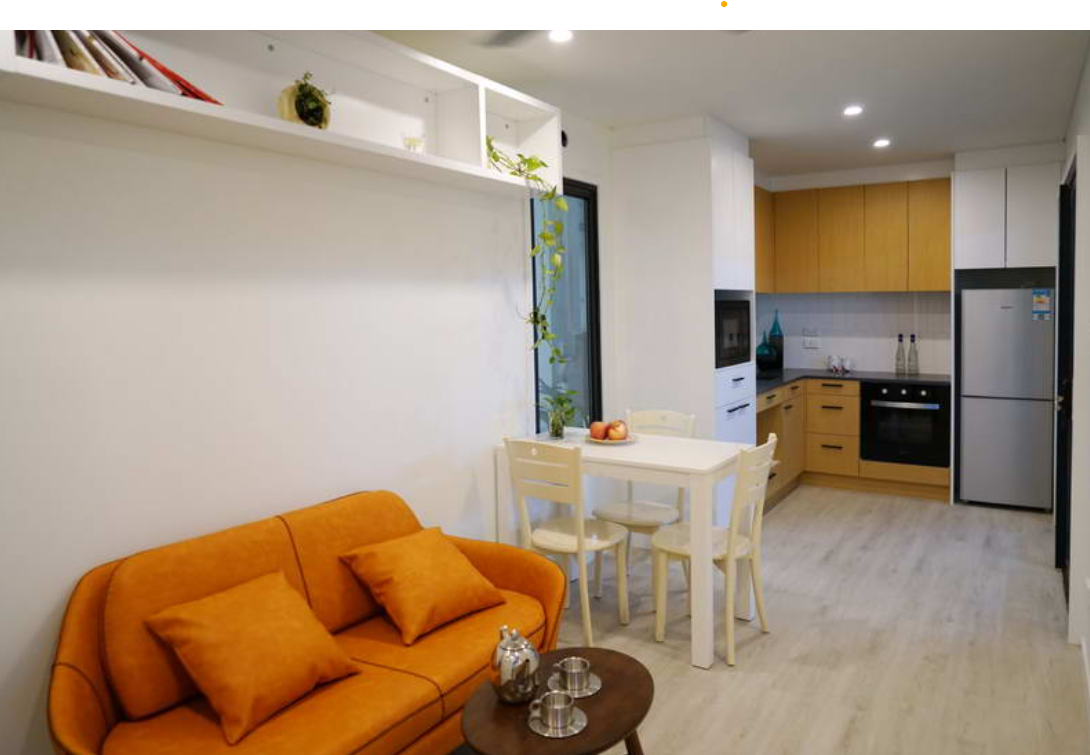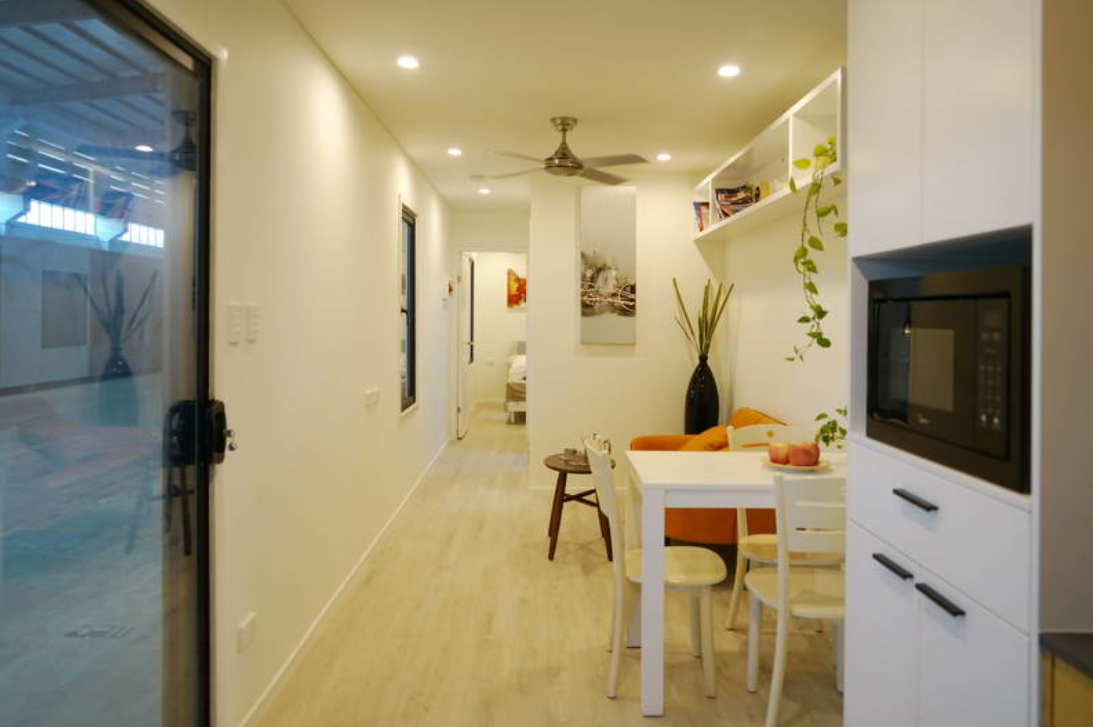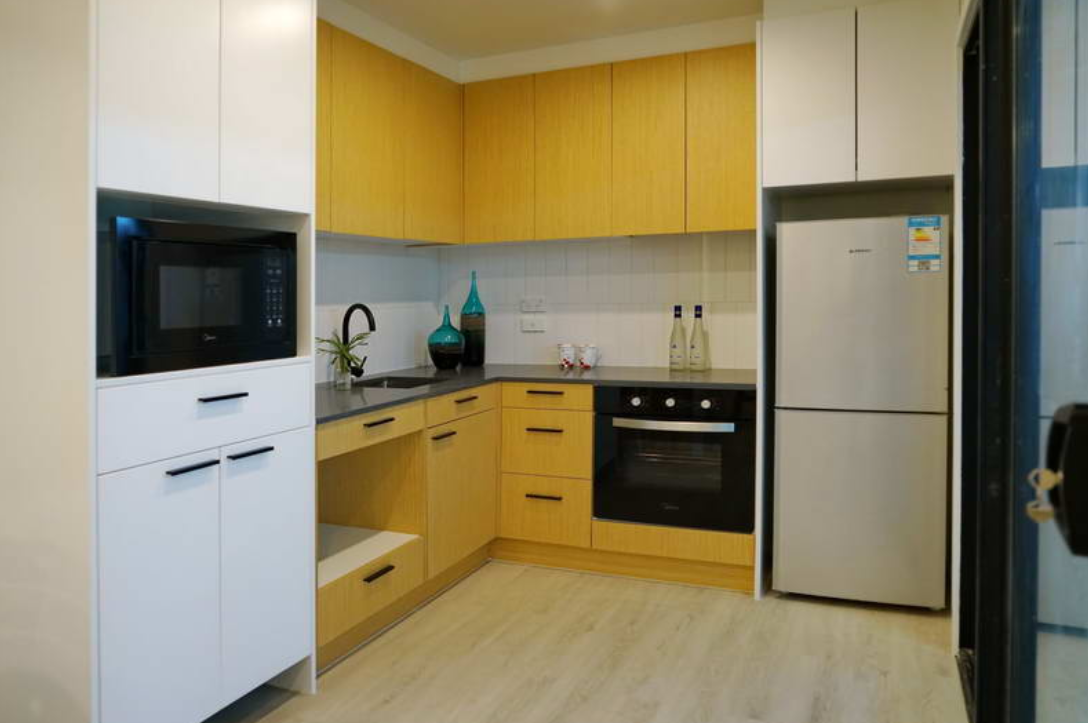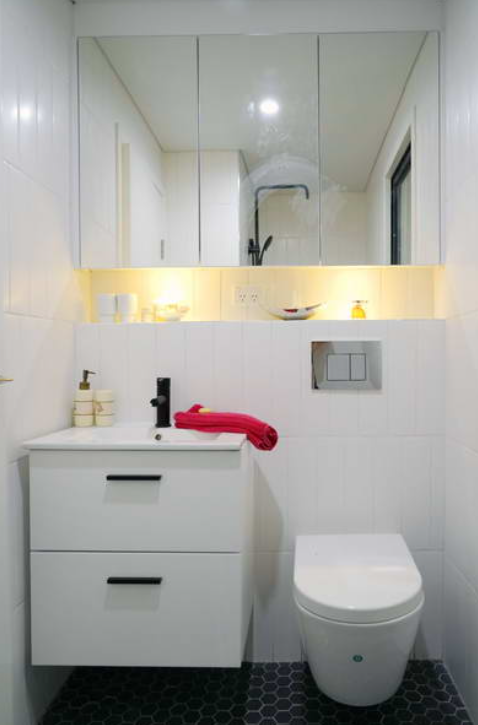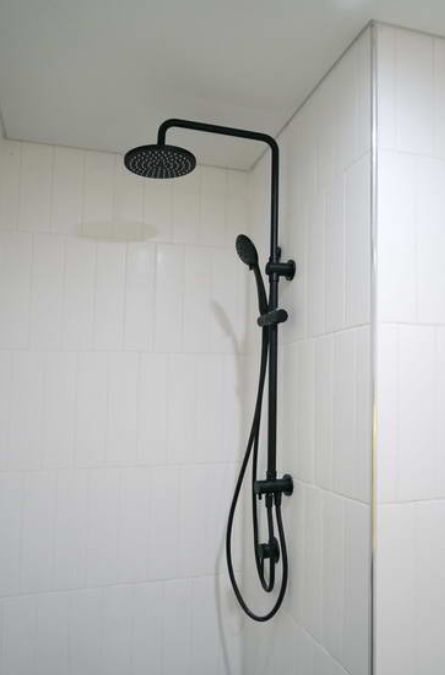
Importing a 20ft expandable home from China? It’s crucial to ensure that it complies with Australian building codes and standards. These codes are designed to maintain the safety, durability, and energy efficiency of residential structures. Here’s a comprehensive guide to help you meet these requirements.
Key Australian Building Standards and Codes
- National Construction Code (NCC)
- The NCC is the cornerstone of building design and construction standards in Australia. For expandable homes, focus on Volume 2, which pertains to Class 1a residential dwellings.
- Australian Standards (AS)
- Important standards to consider:
- AS 1684: Pertains to timber-framed construction.
- AS 1170: Covers structural design for wind, snow, and earthquake loads.
- AS 3959: Focuses on construction in bushfire-prone areas.
- AS 3000: Relates to electrical installations.
- AS 3500: Addresses plumbing and drainage.
- Important standards to consider:
- Energy Efficiency
- Compliance with Section J of the NCC is mandatory for energy efficiency. Use insulation materials that meet AS/NZS 4859, and choose windows and doors designed to minimize heat transfer.
- Fire Safety
- Ensure materials comply with AS 1530 for fire resistance, and install smoke alarms that meet AS 3786 standards.
- Wind and Cyclone Ratings
- In regions prone to cyclones, such as Northern Australia, homes must adhere to the high wind load requirements specified in AS 1170.
- Structural Materials
- Timber: Must be treated to resist termites and decay, according to AS 1604.
- Steel: Should be galvanized or coated to prevent corrosion, as per AS 1397.
- Concrete: Must comply with AS 3600 for structural integrity.
- Insulation
- Use materials that adhere to AS/NZS 4859, such as fiberglass or foam boards, ensuring the proper R-values.
- Cladding and Roofing
- In bushfire-prone areas, use non-combustible materials like Colorbond steel. Ensure roofing complies with AS 1562 standards.
- Windows and Doors
- These must comply with AS 2047 for energy efficiency and weather resistance. Double-glazed windows are highly recommended.
- Electrical and Plumbing
- Electrical installations must meet AS/NZS 3000, while plumbing should comply with AS/NZS 3500 and AS/NZS 4020 standards.
- Fire Safety Materials
- Use fire-rated materials such as gypsum boards compliant with AS 2588, and install smoke alarms as specified in AS 3786.
- Flooring
- Ensure flooring materials meet slip resistance standards (AS 4586) and durability requirements.
- Paint and Coatings
- Use low-VOC paints that comply with AS/NZS 2311.
- Engage a Certified Building Surveyor
- A surveyor can review your design and materials to ensure compliance with the NCC and AS.
- Testing and Certification
- Have materials tested for fire resistance, structural integrity, and toxicity by accredited laboratories.
- Energy Efficiency Assessment
- Conduct an energy rating assessment to verify compliance with NCC Section J.
- Customs and Import Requirements
- Ensure all materials comply with Australian import regulations and are free from hazardous substances.
- On-Site Inspection
- Arrange for an Australian inspector to verify compliance during or after construction.
- Bushfire Zones: Adhere to AS 3959 for non-combustible materials and ember protection.
- Cyclone Zones: Comply with cyclonic wind load requirements as specified in AS 1170.
- Accessibility: Ensure your home meets AS 1428 standards for accessibility if required.

